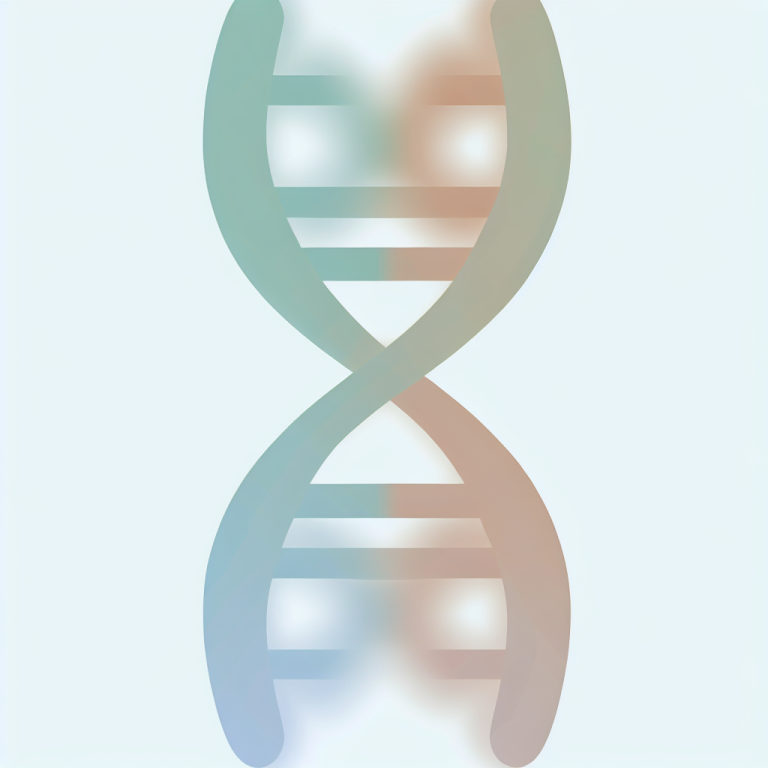In the quest to understand how single chirality emerged, researchers have long focused on the symmetry breaking and subsequent enantioenrichment of molecules that make up the genetic polymers RNA and DNA, as well as peptides. Achieving a single chirality in biological molecules is crucial for the functioning of living organisms. However, the process of how single chirality arose remains a challenging task.
One particular obstacle in this process is the phenomenon known as the problem of original syn, which occurs when the building blocks of biological polymers are only partially enantioenriched. This can lead to a hindrance in the chain growth, posing a challenge to the development of homochiral biological molecules.
In a groundbreaking study focusing on a prebiotically plausible route to proteinogenic peptides, researchers made a fascinating discovery. They found that the reaction involved in forming these peptides actually favors heterochiral ligation – the joining of L monomers with D monomers. While this may initially seem counterintuitive and problematic for the emergence of homochiral L-peptides, the researchers uncovered a surprising twist.
Despite the preference for heterochiral ligation, the researchers demonstrated that this actually provides a pathway for enantioenrichment in homochiral chains. Through processes like symmetry breaking, chiral amplification, and chirality transfer, enantiomeric imbalances can lead to the development of homochiral biological polymers.
The researchers found that even in complex mixtures where only a single molecule exhibits an imbalance in enantiomer concentrations, symmetry breaking and chiral amplification processes occur. This non-racemic environment allows for the chemical purification and enhanced chiral amplification necessary for the emergence of homochirality in biological molecules.
Experimental data and kinetic modeling supported this prebiotically plausible mechanism for the development of homochiral biological polymers. The findings, published in Nature, offer a new perspective on the origins of single chirality in biological molecules and how it may have emerged in prebiotic conditions.
As researchers continue to probe the mysteries of chirality and symmetry breaking in prebiotic ligation reactions, these findings provide valuable insights into the complex processes that may have led to the evolution of homochirality in living organisms. The study represents a significant step forward in our understanding of the fundamental processes underlying the emergence of life on Earth.




